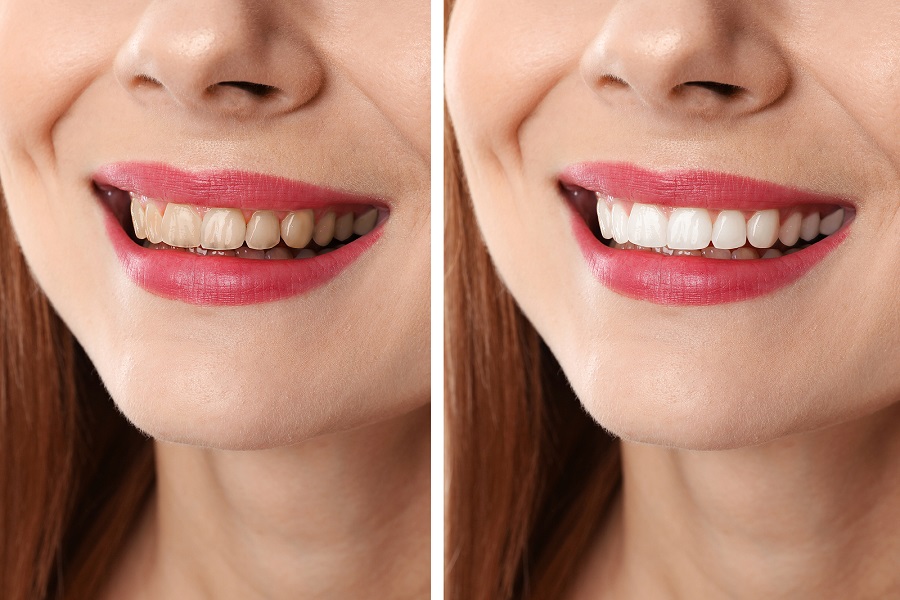THE DIFFERENT TYPES OF DENTAL FILLINGS EXPLAINED
If you have a tooth that needs replacing, your dentist may recommend a dental filling. For many different reasons, people often have to have these synthetic materials inserted to correct damage done to the surface of the teeth. Whether due to injury or as the result of degenerative tooth decay, a filling is a great option when you need to basically fill the gap to restore a tooth and your smile. There are a few types of fillings available, all of which are guaranteed to protect your damaged tooth and restore its functionality. It should be noted, however, that some of these options can become expensive. Dental care is not always cheap, especially when you are working with high-quality materials. At any rate, the best thing to do, if you have any questions about fillings or treatments you may need, is consult with your local family dentist about the situation. Your trusted dental expert will recommend the right type of filling for your needs, as he or she will be the one removing the decay and correcting the problem in the first place. To avoid having to deal with this process, it is important to remember to always practice proper oral hygiene. Although there are certain dental conditions that are hereditary and which cannot always be avoided, most people who floss, brush and use mouthwash daily will not develop cavities. Those of us who tend to eat and drink foods that contain an excess amount of sugar and starch are the ones at risk, especially when we don’t remove the plaque and bacteria that is left behind daily. To prevent cavities and the need for fillings altogether, keep your teeth clean! However, sometimes you can’t help getting a cavity and will need some information on which option is best for you. Here is a brief summary of the different types of fillings, and the pros and cons of each.
TYPES OF DENTAL FILLINGS
- Silver amalgam; these are the most common fillings that patients receive. The materials consist of a variety of metals, but just know that they are safe and durable. They are cost-effective and guaranteed to last many years without fail. However, the main downside to silver amalgam fillings is their appearance. If you are concerned about the aesthetics of your smile, particularly if you need to have multiple cavities filled, this may not be the best choice.
- Composites; rather than metal, these composite fillings are made of a hard plastic material. The main benefit is that they can be made to look the exact same color as your teeth. However, the lifespan of composites is quite short (typically around 5 years), so they may not be the first option for people on a budget in the long-term. Despite this, these fillings are very strong and safer than traditional fillings, which makes them a great option.
- Ceramics; generally considered the highest quality fillings, ceramics are made out of porcelain. The material is durable and stain-resistant, but you will have to pay more to have them installed. In addition, since porcelain is brittle, dentists have to reduce the size of the tooth being worked on in order to provide enough room for the filling.
- Glass Ionomer; made from acrylic and a material found in glass, these fillings are often best suited for people who have serious tooth decay and for treating younger patients who still have baby teeth. The lifespan and price is about the same as composites. To find out more about the types of fillings available, and which one will be best for you, speak with your dentist during your next appointment.






















0 comments